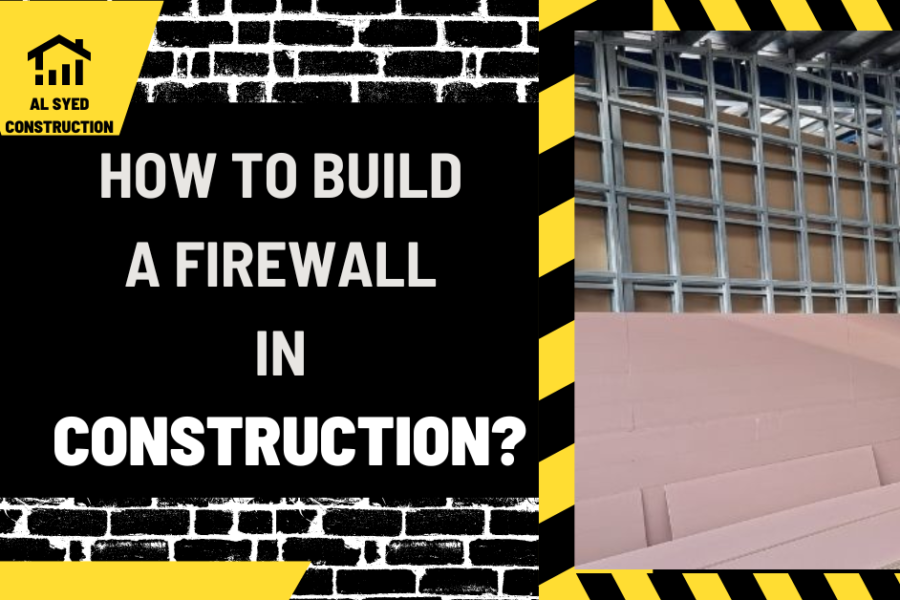How to Build a Firewall in Construction?
Introduction
In construction, a firewall is a crucial component designed to prevent the spread of fire between sections of a building or between adjacent structures. Building a firewall involves careful planning and adherence to building codes and standards to ensure its effectiveness in enhancing safety. This article provides a comprehensive guide on constructing a firewall in a construction project.
Planning and Design
Understanding Building Codes
Before construction begins, it’s essential to consult local building codes and standards, which dictate the specific requirements for firewalls, including materials, height, and thickness.
Determining Location and Specifications
Identify the locations where firewalls are needed based on the building’s layout and use. Determine the specifications, such as height and thickness, based on the building’s occupancy type and fire risk.
Construction Materials and Methods
Choosing Fire-Resistant Materials
Select materials that are fire-resistant and have a high fire rating. Common materials include concrete, masonry blocks, and gypsum wallboard.
Structural Integrity
Ensure that the firewall extends from the foundation to above the roofline and is structurally independent to prevent collapse in case of a fire.
Installation Process
Laying the Foundation
Start with a solid foundation that extends below the frost line to support the weight of the firewall and prevent shifting.
Constructing the Wall
Build the wall using the chosen materials, ensuring that it meets the required thickness and height. Use fire-resistant mortar for masonry walls and fire-rated drywall for gypsum wall systems.
Sealing Gaps and Penetrations
Seal any gaps or penetrations in the firewall, such as those for pipes or cables, with fire-resistant materials to maintain the wall’s integrity.
Finishing and Inspection
Applying Finishes
Apply finishes that enhance the fire resistance of the wall, such as intumescent paint or fire-rated plaster.
Inspection and Compliance
Upon completion, have the firewall inspected by a building inspector to ensure compliance with building codes and standards. Obtain any necessary certifications or approvals.
Maintenance and Upkeep
Regular Inspections
Conduct regular inspections of the firewall to check for any damage or deterioration that could compromise its effectiveness.
Prompt Repairs
Repair any damage promptly with appropriate fire-resistant materials to maintain the firewall’s integrity.
Conclusion
Building a firewall in construction is a critical safety measure that requires careful planning, the use of fire-resistant materials, and adherence to building codes and standards. By following the steps outlined in this guide, construction professionals can ensure the effective installation of firewalls that enhance the safety and fire resistance of buildings. Regular maintenance and inspections are also essential to ensure the long-term effectiveness of firewalls in preventing the spread of fire.




